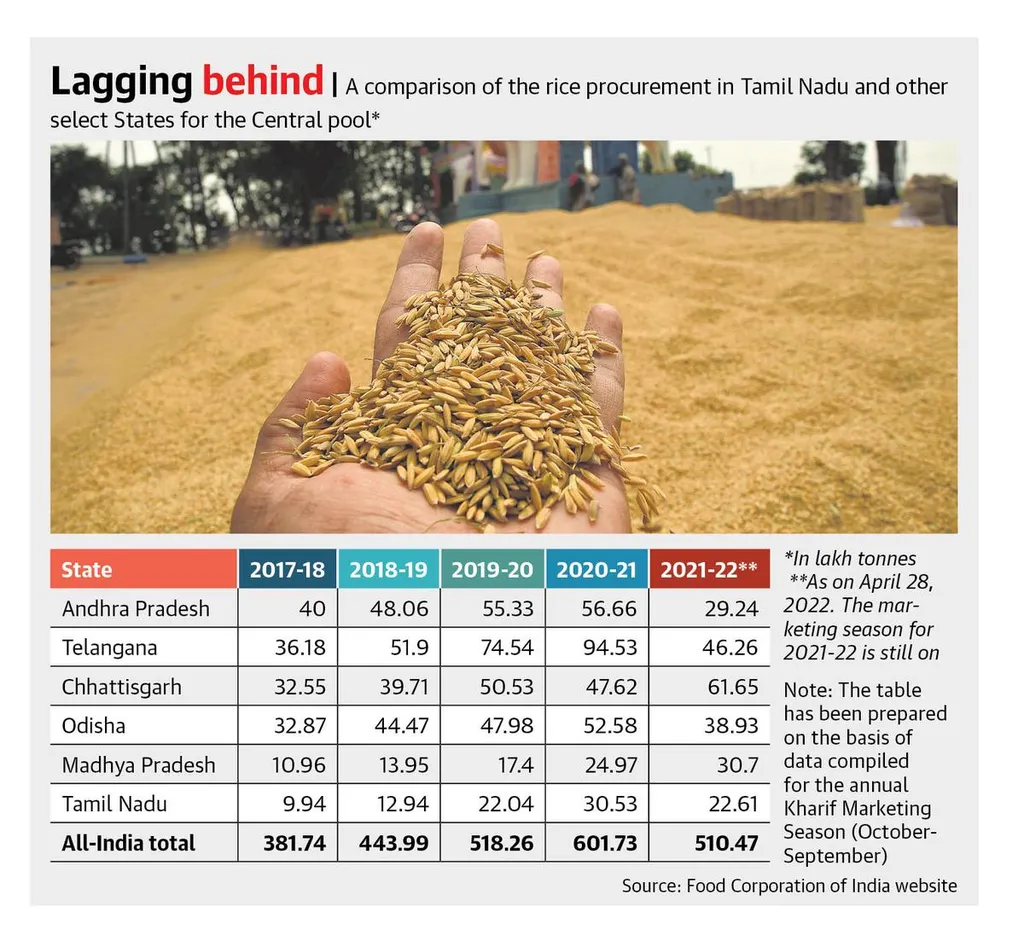In the heart of Tamil Nadu, India, a groundbreaking study is unfolding that could revolutionize the way we classify and value rice grains, with significant implications for the global food industry. M. Niranjana, a researcher from the Government College for Women (Autonomous) in Kumbakonam, affiliated with Bharathidasan University, Tiruchirappalli, is leading the charge in this intriguing exploration of rice grain variegation.
The challenge at hand is a familiar one in the rice industry: distinguishing high-quality cultivated rice seeds based on their characteristics. “Accurate identification of rice grain quality and type is crucial to prevent mislabeling and ensure fair trade,” Niranjana explains. Her research, published in the International Journal of Emerging Research in Engineering, Science, and Management (translated as “International Journal of Emerging Research in Engineering, Science, and Management”), delves into the classification of rice grains and the various algorithms used at each stage of the process.
Niranjana’s study is a comprehensive review of machine learning techniques for differentiating rice seeds. It analyzes each stage of the classification process with distinct objectives, drawing necessary conclusions to inform the next stage of research. The research involves visual observations made by specialists using specialized devices that measure various properties. The resultant data are then processed through different stages using multiple algorithms.
The commercial impacts of this research are substantial. In the energy sector, for instance, rice husks are a significant source of biomass energy. Accurate classification of rice grains can lead to better utilization of rice husks, enhancing the efficiency of biomass energy production. Moreover, the global rice market, worth billions of dollars, stands to benefit from improved quality control and accurate labeling.
Niranjana’s work is not just about classifying rice grains; it’s about shaping the future of the rice industry. “This research is a stepping stone towards developing a robust method for rice grain classification,” she says. The study opens up new avenues for exploration, paving the way for future developments in the field.
As we look to the future, Niranjana’s research offers a glimpse into the potential of machine learning and deep learning techniques in the agricultural sector. It’s a testament to the power of technology in transforming traditional industries and driving economic growth. In the words of Niranjana, “The journey has just begun, and the possibilities are endless.”

